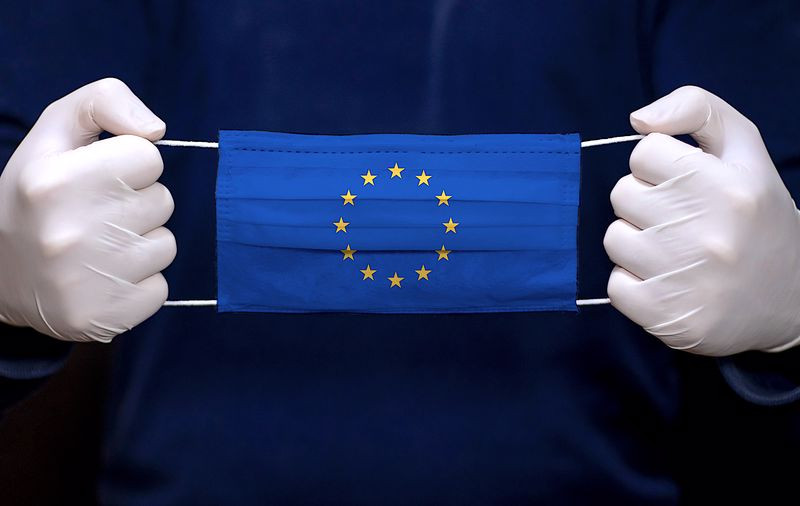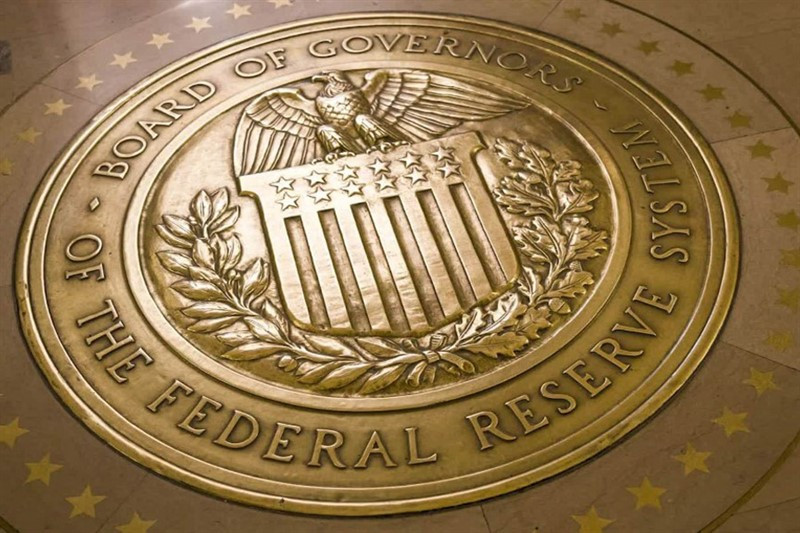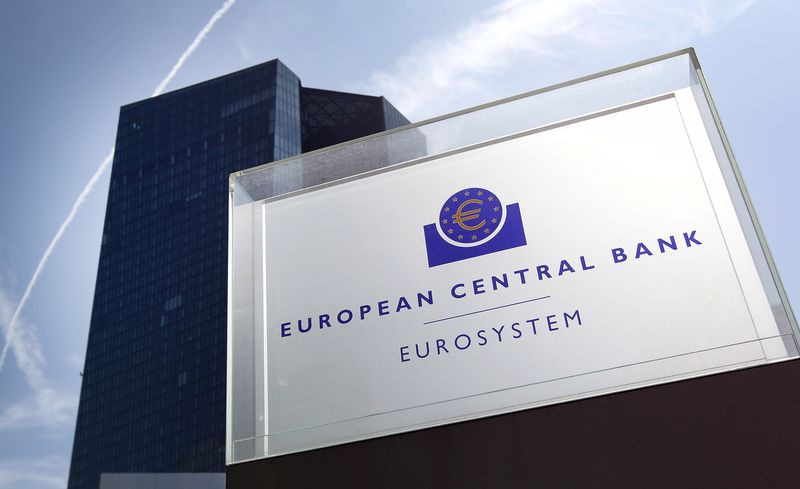
The dollar is strengthening, leaving the EUR/USD pair under pressure, at the beginning of a new week, during which the final meetings of the Federal Reserve and the European Central Bank will take place this year.
In 2021, the greenback has risen in price by more than 7% against its main competitors, including the euro.
According to a number of experts, the path of least resistance for the US currency will run upward in 2022. They believe that the hawkish actions of the Fed will become a catalyst for USD growth to new heights. At the same time, the main target level will be at 100.00.
"It has been a good year for the US dollar and we expect this trend to mostly continue," ING strategists said.
"At the next meeting, which will end on Wednesday, the US central bank should change its position on inflation and announce a faster pace of reducing asset purchases. We are also particularly interested in the dot charts of the Fed, which, in our opinion, changed the bearish trend for the dollar in June of this year. If we assume that the central bank really moves to the median expectation of two increases in 2022, US money market rates will rise again, pushing the greenback up," they added.
Evidence that the American economy is growing faster than the European one, as well as the potential increase in the gap between interest rates in the United States and the eurozone, support the dollar and contribute to the rise of the USD index, in which the share of the single European currency is the highest - 57.6%.
"The Fed is actively clearing room for maneuver, preparing for an earlier rate hike, if necessary. This is in stark contrast to monetary policy in the eurozone. Differences in the assessment of inflation prospects and expectations regarding interest rates may continue to support the dollar in the short term," ANZ analysts noted.
They believe that the ECB will increase its monthly asset purchases as part of the transition from PEPP from next April, and expect that the updated forecast of the central bank will show inflation below the target level in 2023, justifying the assumption that the central bank will not raise interest rates next year.

"The euro may weaken even more if the onset of a new wave of COVID-19 forces the European authorities to tighten social distancing measures, and the aggravation of problems with gas supplies will cause an additional blow to the economy of the region. Therefore, we do not rule out the EUR/USD pair testing the 1.1000 level or its breakthrough," ANZ reported.
Some analysts say that many expect the Fed to more aggressively curtail asset purchases, and such a scenario has already been taken into account in the quotes. If the central bank finds it reasonable to leave the door open for a faster tightening of monetary policy, but does not rush to action right now, this may disappoint dollar bulls.
"It is widely expected that the Fed will make an announcement on accelerating the pace of winding down the bond purchase program from January. The completion of the program is expected in March. The market's reaction to the outcome of the meeting will depend on the context. The Fed will not demonstrate a dovish mood, but the main part of the hawkish mood of the central bank has already been incorporated into the quotes," Citigroup analysts said.
Fed Chairman Jerome Powell, in his recent speech to the US Congress, said that given the high inflationary pressure, it makes sense to accelerate the pace of monthly reduction in asset repurchases, and noted that the FOMC may discuss this issue as early as December.
The data published at the end of the last five days showed that inflation in the United States reached a 39-year high in November, but the effect of the release was limited, since the result at 6.8% coincided with forecasts.

Apparently, investors feared a more aggressive crackdown on consumer prices and breathed a sigh of relief after the release of the data.
As a result, the greenback retreated from local peaks around 96.40 and ended Friday's trading in negative territory, near 96.00. This allowed the EUR/USD pair to recover to 1.1315, whereas earlier it declined to 1.1265.
Although fresh data on US inflation indicated the fastest increase in consumer prices in the country since June 1982, the main Wall Street indexes closed in positive territory on Friday. At the same time, the S&P 500 updated its record high, increasing by 3.8% over the past week.
The recent speech of Fed Chairman Jerome Powell before Congress led many to believe that the US central bank will accelerate the procedure for curtailing the asset repurchase program. At the moment, it looks like the stock market is ready to accept this, or does not believe in the ability of the central bank to take this step.
It is obvious that the Fed's experiment in managing the "hot" economy has moved into historically uncharted territory, where the unemployment rate has never been reached without a corresponding increase in the central bank's rates. To this is added the level of inflation, which in the past also caused retaliatory measures of the monetary authorities.
Attention is drawn to the fact that wage growth (+4.8% YoY) lags behind the pace of CPI increase, reducing the well-being of the US population. Will accelerating QE and raising rates, as well as cooling economic growth rates help solve this problem? Rather no than yes.
However, traders seem to be hoping that this time the central bank will find a "golden mean", which has been elusive so far, providing a "soft landing" that will reduce inflation from higher than desired levels, allowing the labor market to continue to recover.
Experts disagreed on the Fed's next steps.
While some believe that such a high level of inflation requires FOMC officials to step up the fight against price pressure, which can no longer be called "transient", others believe that the central bank should not make hasty decisions.

"The Fed should take action quickly to bring inflation under control. The central bank should not consider the increase in inflation in the United States a temporary phenomenon. This creates a high probability of policy mistakes," said Mohamed el-Erian, chief economic adviser at Allianz SE.
Meanwhile, Joseph LaVorgna, chief economist for the Americas at Natixis, is concerned that the Fed, after months of treating inflation as "temporary," is now making the mistake of overestimating its duration and tightening monetary policy at the wrong time.
"This may lead to the fact that next year Federal Reserve officials will have to change course again if the current inflationary trend runs out. This, in turn, may raise questions about the credibility of the Fed's policy," he said.
"In any case, they are in a difficult position," said Jeremy Stein, a Harvard economist who served on the Fed's board of governors from 2012 to 2014.
"If they really have to raise rates significantly, then you can imagine what will happen to asset valuations: the markets are very sensitive to interest rates," he said.
Fed officials have yet to get an answer to the question of whether inflation will return to the 2% target in the next year and a half or will linger near 4%.
So far, investors are waiting for the December FOMC meeting and hope to hear hints about the future monetary policy of the US central bank.
"The Fed meeting may become a catalyst for the EUR/USD pair to fall to 1,1000. Although traders will probably prefer to wait for the ECB's verdict on monetary policy before following this step," ING strategists noted.
The main currency pair failed to develop Friday's growth, but instead attracted bears on Monday amid renewed demand for the US dollar.
In the conditions of an empty economic calendar, the greenback holds steady against its main rivals.
The players seem convinced that the Fed will be forced to resort to a more rapid tightening of policy in response to increased inflationary pressures. Such expectations support the US currency.
At the same time, the euro does not add optimism to the fact that the ECB is in no hurry to normalize policy and does not consider it necessary to take measures to curb inflation.
It is assumed that the Fed will double the pace of quantitative easing in December. This will allow the central bank to complete QE in March-April and will pave the way for an earlier rate hike, possibly as early as May.
Unlike the Fed, the ECB plans to take its first step in this direction only in 2023.

At its December meeting, the ECB is likely to consider how to mitigate the end of the PEPP, and will probably temporarily expand the APP in return. Or even completely transfer the severity of the decision to February due to an increase in the incidence of coronavirus in the eurozone. This will be bad news for the euro.
But there are chances that the ECB will still decide to accelerate, following the example of its American counterpart, and turn from a dove into a hawk. This will be a pleasant surprise for the EUR/USD bulls.
Such a scenario should not be written off, given that the hawkish statements of such authoritative politicians as Isabel Schnabel are beginning to be heard from the depths of the ECB.
"Maintaining a large volume of asset purchases just to avoid adjusting long-term profitability, despite the inevitable risks to price stability, will give way to fiscal and financial dominance," she said last Wednesday.
"However, the eurozone, consisting of 19 countries, is prone to fragmentation because its financial architecture is incomplete, so the ECB's policy adjustments may be strengthened in some countries, which will lead to an increase in the cost of borrowing more than expected," Schnabel warned.
"A reliable support designed to counter such fragmentation risks can help protect against disorderly changes and thereby allow the central bank to focus on fulfilling its commitment to ensuring price stability," she added.
So far, the fundamental background favors the EUR/USD bears, and attempts to push the pair upwards can be regarded as a convenient opportunity for short positions.
If the 1.1280 mark turns into resistance, the pair may continue its descent to 1.1240, and then to 1.1220 and 1.1185.
On the other hand, the initial hurdle is located at 1.1300, followed by 1.1340 and 1.1390.





















